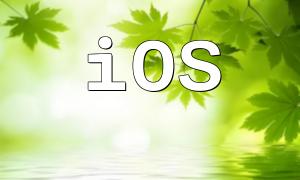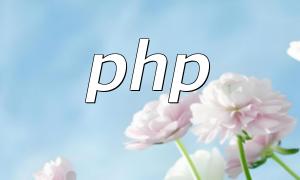In modern mobile app development, combining iOS with PHP is a common and effective practice. iOS handles the frontend user interface, while PHP manages backend logic and database operations. Together, they enable seamless data exchange through structured communication.
The interaction is primarily based on the HTTP protocol. iOS applications send GET or POST requests to the PHP backend. The server processes these requests and typically responds with JSON-formatted data, which is parsed and utilized on the iOS side. This method is often built following RESTful API design principles to ensure consistency and scalability.
Choosing the right HTTP method is crucial in any API-based communication:
GET: Used to retrieve data without altering the server state. Ideal for fetching information.
POST: Used to send data to the server, typically for creating or updating resources.
The first step is to create a PHP file on the server that can handle requests from an iOS client. Here's a simple example:
header("Content-Type: application/json");
$action = $_GET['action'];
if ($action == 'getData') {
// Simulate data retrieval
$data = ['name' => 'Apple', 'type' => 'Fruit'];
echo json_encode($data);
}On the iOS side, developers typically use URLSession for network communication. Below is an example showing how to send a request and handle the response:
let url = URL(string: "https://yourserver.com/api.php?action=getData")!
let task = URLSession.shared.dataTask(with: url) { data, response, error in
if let data = data {
let jsonResponse = try? JSONSerialization.jsonObject(with: data, options: [])
print(jsonResponse)
}
}
task.resume()In production code, it’s important to handle errors, add headers, and consider caching strategies.
JSON is the preferred data format because it's lightweight, structured, and easy to parse on iOS. To ensure secure communication, always use HTTPS, and validate all incoming parameters on the server to prevent unauthorized access or injection attacks.
To create robust iOS-PHP integrations, follow these best practices:
The interaction between iOS and PHP is straightforward and efficient, making it a practical choice for many mobile app scenarios. By mastering basic networking concepts, API design, and security strategies, developers can build scalable and reliable mobile-to-backend systems that perform well in real-world applications.










